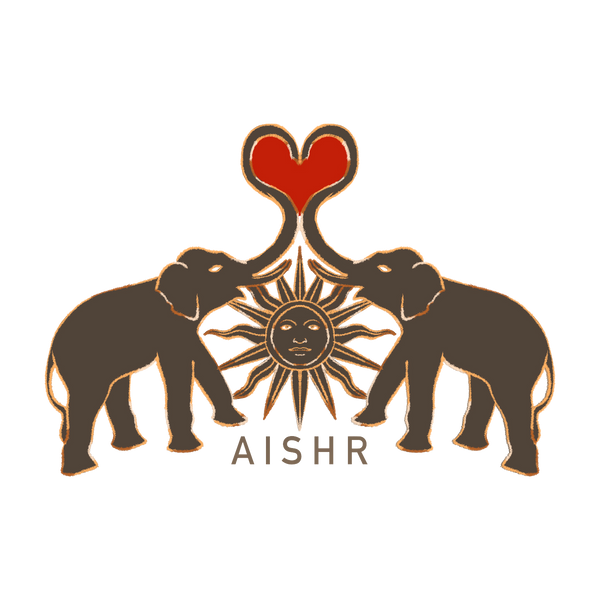Indigo dyeing is an age-old technique of dyeing with its origin in India and is closely related to the culture and crafts of Japan. The blues are hidden in the green leaves of Indigofera tinctoria plant and the dyeing happens by fermenting them. The blue it gives is indeed nature’s gift and is long-lasting for thousands of years.
The synthetic Indigos are easier to dye but it creates a lot of havoc to the environment and is being banned in China as it is polluting the rivers nearby. The natural indigo dyes, on the other hand, is environment-friendly, has medicinal properties of anti-septic and insect repellant.
In India, few famous places known for it are Jaipur, Rajasthan, Munnar (Aranya naturals) and Pondicherry (Colors of nature). The technique comes with practice and the effectiveness comes from the quality of fermentation. In recent years, it has also been a trend for a lot of big brands like Fab India. Many of them are showing interest in the revival of ancient techniques. There was a collaboration of Levis with Colors of Nature where they made a line of jeans collection with natural Indigos.

Various techniques are combined with indigo dyeing, like Bandhini (tie and dye), Ajrakh prints, Bagru (wax-resist dyeing), etc. Also, Japanese techniques like clamp dyeing are being widely explored by various designers. In a recent conference on the sustainability of natural dyes held at Munnar, Jenny Balfour Paul (author of books on Indigo) presented a talk on Indigo blues in which she highlighted how we are linked to the color, blue. She even referred to the book, Blue mind by Wallace J Nichols in which he describes how water makes you happier, more connected and better at what you do. Even our planet is blue as the water is blue. We are born in water, so going near water helps us to calm and enhance our creativity.

Blue is already an omnipresent color among everyone. With color therapy gaining its significance, blue is the go-to color for calmness and we must thank nature for enabling us to experience the color in our fabrics naturally as not all colors are possible with natural dyes.

We are gifted with this love from nature and we should consider having at least 5%-10% of our wardrobe with "Natural" indigo blues for its beauty and our choice of being sustainable. Instead of fast fashion, we should know to treasure the clothes we wear.

-Brintha,
Textile Designer
This article is written by Brintha, to contact her please use the above mentioned email address.
Images : Underground vats prepared for fermenting and dyeing Indigo using alkaline lime and water. The cloth is dyed in it for 10-20 mins depending on the darkness required and is sun-dried. (Image Credits : Brintha)
Images : Underground vats prepared for fermenting and dyeing Indigo using alkaline lime and water. The cloth is dyed in it for 10-20 mins depending on the darkness required and is sun-dried. (Image Credits : Brintha)

